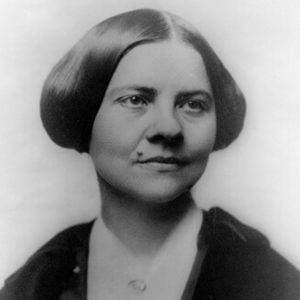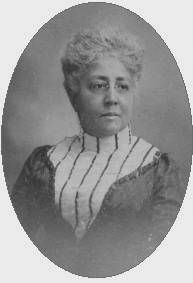
‘Women, Their Rights, and Nothing Less’: Literary Activists of the Woman’s Suffrage Movement
Book Riot is featuring ways to be a literary activist this week. See all the posts here.
On January 8th, 1868, Susan B. Anthony and George Francis Train launched the first woman’s suffrage newspaper in the U.S. — The Revolution — with the slogan “Women, Their Rights, and Nothing Less.” Between 1878 and 1890, 33 woman’s suffrage newspapers followed suit. From the beginning of the movement, writing helped women share with other women their outrage at patriarchy and their struggles for equality.
They were literary activists.
But journalism wasn’t the only kind of literary activism early feminists used. Many turned to novels, poetry, letter writing, and other written forms. Yet even with their amazing contributions, it took 72 years after the Seneca Falls convention before women finally acquired the right to vote with the ratification of the 19th amendment. 72 years!
In honor of these women, I’ve compiled a list of literary activists of the suffrage movement. So many women contributed their creative energy and literary talents to this movement; this is only a small number.

Is it reasonable, that a candidate for immortality, for the joys of heaven, an intelligent being, who is to spend an eternity in contemplating the works of the Deity, should at present be so degraded, as to be allowed no other ideas, than those which are suggested by the mechanism of a pudding, or the sewing the seams of a garment? Pity that all such censurers of female improvement do not go one step further, and deny their future existence; to be consistent they surely ought.
Ouch.
Read Judith Sargent Murray: A Brief Biography with Documents and Selected Writings of Judith Sargent Murray

In education, in marriage, in religion, in everything, disappointment is the lot of women. It shall be the business of my life to deepen that disappointment in every woman’s heart until she bows down to it no longer.
And you were successful, Lucy Stone.
Read Lucy Stone: An Unapologetic Life

No golden weights can turn the scale
Of justice in His sight;
And what is wrong in woman’s life
In man’s cannot be right.
–From “A Double Standard”
Read Iola Leroy, A Brighter Day, and Discarded Legacy

We are tired of the pretense that we have special privileges and the reality that we have none; of the fiction that we are queens, and the fact that we are subjects; of the symbolism which exalts our sex but is only a meaningless mockery.
Read Fettered for Life and Lillie Devereux Blake: Retracing a Life Erased

Too long have we been silent under unjust and unholy charges . . . Year after year southern women have protested against the admission of colored women into any national organization on the ground of the immortality of these women, and because all refutation has only been tried by individual work, the charge has never been crushed . . . It is to break this silence, not by noisy protestations of what we are not, but by a dignified showing of what we are and hope to become, that we are impelled to take this step, to make of this gathering an object lesson to the world.
Read Let Nobody Turn Us Around: An African American Anthology

Only as we live, think, feel, and work outside the home, do we become humanly developed, civilized, socialized.
I agree.
Read Women and Economics, The Yellow Wallpaper and Other Stories, and Herland
Discover more fantastic early feminists.











